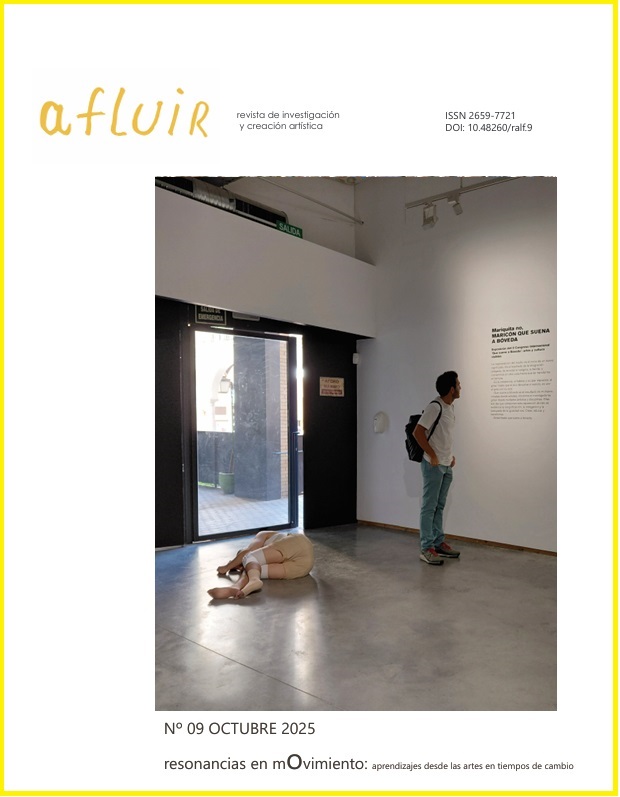The Music education and its pedagogical use in the state of Sinaloa, México
Abstract
Music education constitutes a fundamental pillar in the holistic development of students, as it fosters creativity, strengthens cognitive skills, and promotes cultural awareness. However, in Mexico, and particularly in Sinaloa, its implementation in basic education faces structural and policy-related limitations. This paper therefore analyzes the current state of music education in Sinaloa’s primary schools, highlighting both the challenges and opportunities that exist to consolidate its pedagogical role. Among the main obstacles are limited infrastructure, lack of musical instruments, insufficient pedagogical training of some teachers, and the perception of music as an extracurricular supplement rather than an essential area of learning. In this context, the New Mexican School (NEM) proposes a curricular renewal framework, although it is primarily aimed at generalist teachers, which reduces the impact of arts specialists. In response, the Department of Artistic Education of the Secretaría de Educación Pública y Cultura (SEPyC) of Sinaloa, Mexico, has developed synthetic programs that seek to integrate music and other artistic expressions into curricula, adapting them to the needs of school communities. It is concluded that consolidating music education in Sinaloa requires institutional recognition of specialist teachers, greater investment in infrastructure, and a pedagogical approach that values music as a transversal resource for both learning and humanistic formation.
References
DEA (2023). Programa Sintético de Artes de las Fases 3, 4 y 5. Educación Primaria.
Elliott, D. J. (1995). Music Matters: A New Philosophy of Music Education. Oxford University Press.
Fregoso Peralta, R. (2020). La música en el sistema educativo mexicano: retos y oportunidades. Revista de Educación y Cultura, 12(3), 45-60.
García, M., & Torres, L. (2020). Informe sobre las condiciones de la educación artística en Sinaloa. Revista Sinaloense de Cultura, 8(2), 12-18.
Hallam, S. (2010). The power of music: Its impact on the intellectual, social and personal development of children and young people. International Journal of Music Education, 28(3), 269-289. https://doi.org/10.1177/0255761410370658
Martínez, A. (2021). Tradición musical y educación en Sinaloa: Un análisis crítico. Cultura y Educación, 15(1), 34-50.
Ocampo, C. (2018). Retos en la educación artística en México. Revista Mexicana de Educación, 24(4), 67-81.
Roque Herrera, Y., Tenelanda López, D.V., Basantes Moscoso, D.R., & Erazo Parra J. L. (2023). Teorías y modelos sobre los estilos de aprendizaje. EduMeCentro, 15, 1-19, https://orid.org/0000-0002-7098-3538.
SEP (2024). Plan de Estudio para la educación preescolar, primaria y secundaria 2022 (Secretaría de Educación Pública, Ed.; 2nd ed.) SEP.
SEPyC. (2020). Informe anual de educación en Sinaloa. Secretaría de Educación Pública y Cultura.
UNESCO. (2015). Educación artística: Una estrategia global. UNESCO Publishing.



